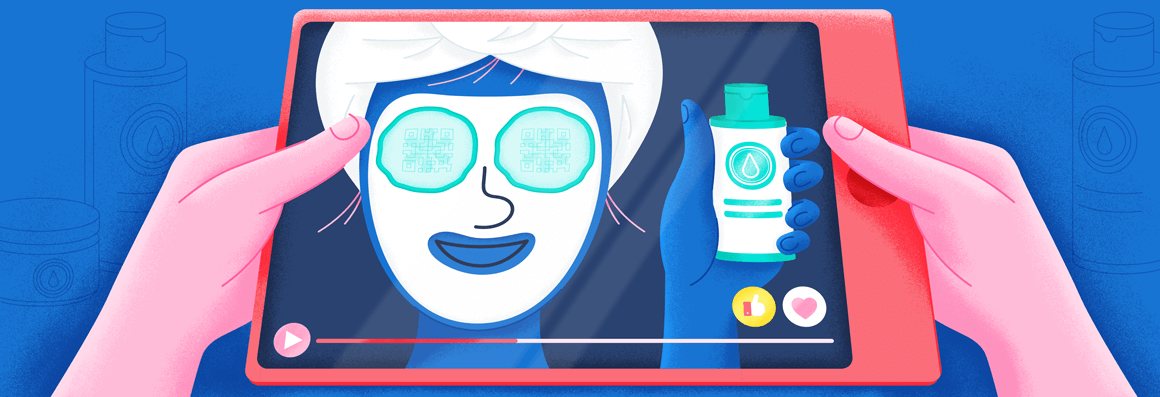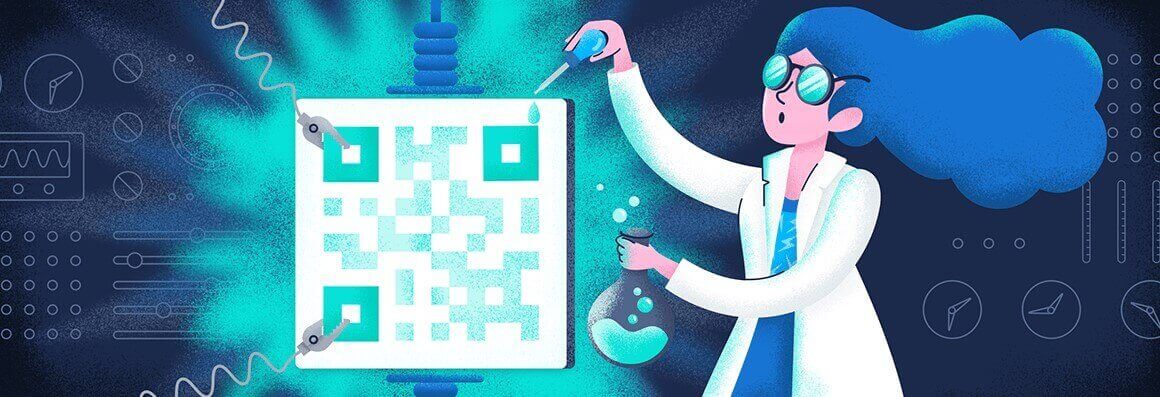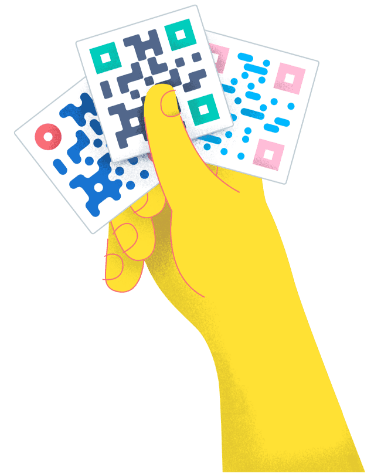
- Best Practices ●
- COVID-19 ●
- Industry Trends ●
- Partners ●
- Product ●

Staff pick Industry Trends
9 Powerful Marketing Tools Every Small Business Needs
Learn which small business marketing tools are worth your investment.

Industry Trends● Dec 03, 2024
The Complete Guide to QR Code Seating Charts
They say first impressions matter, and nowhere is that more true than at an event. Those first few moments set the tone, shaping how attendees feel about the experience ahead. Will it be organized? Welcoming? Memorable? As a host, you want your guests to feel valued the second they arrive. They should know exactly where […]

Industry Trends● Nov 29, 2024
Zelle QR Codes: A Guide To Mobile Payments for Business
Learn what a Zelle QR Code is and where to find it in your bank app.

Best Practices● Nov 26, 2024
7 Ways Barbers and Stylists Can Use QR Codes in Salons
Learn some of the best ways to use QR Codes in salons.
Best Practices● Nov 19, 2024
How to Use QR Codes for Returns (And Why You Should)
Learn how to use QR Codes to simplify and streamline customer returns.

Best Practices● Nov 15, 2024
The Ultimate Guide to Using QR Codes for Product Demos
Your company is at a trade show, and everything’s going smoothly—at first. The morning started with a steady stream of visitors, but now your booth is crowded, and you’re struggling to keep up. There are more prospects than sales reps, and a few visitors have already walked away after waiting too long. On top of […]

Industry Trends● Nov 13, 2024
Smart Packaging Examples: 12 Brands That Nailed It
Get inspired by these 12 brands that show us what’s possible with smart packaging!

Product● Nov 11, 2024
How QR Codes Work (+ a Quick Lesson in QR Code History)
Learn everything from how QR Codes work to the benefits of using them.

Best Practices● Nov 08, 2024
Share Warranties and Simplify Product Registration With QR Codes
Learn how to streamline product registration with QR Codes.

Industry Trends● Nov 08, 2024
The Medical Professional’s Quick Guide to QR Codes in Healthcare
Learn how and why medical professionals use QR Codes in healthcare.
